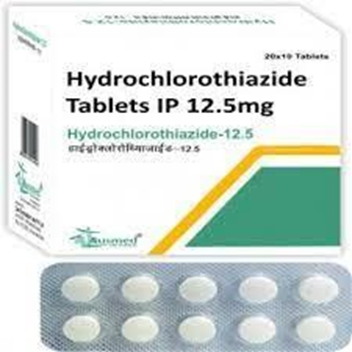A nurse is reinforcing teaching with a newly licensed nurse about pain management during the end of life. Which of the following statements should the nurse make?
"Discomfort is expected in clients who are at the end-of-life."
Opioid narcotics can cause loose stools and diarrhea in clients."
Pain is expected in older adult clients."
Clients are often afraid that opioid narcotics can result in addiction."
The Correct Answer is D
A. While discomfort can occur, it is not an expected or acceptable part of end-of-life care. Effective pain management is a key priority, and discomfort should be addressed promptly to ensure the client’s comfort and dignity.
B. While true, this statement does not directly address the expectation of discomfort at the end of life.
C. While pain can be present in older adults, the statement does not specifically address the end-of-life context.
D. Fear of addiction is a common concern among clients and families, even at the end of life. Nurses should educate clients and families about the importance of managing pain effectively and emphasize that addiction is not a concern when opioids are used appropriately for end-of-life care. This helps alleviate anxiety and encourages adherence to prescribed pain management regimens.
Nursing Test Bank
Naxlex Comprehensive Predictor Exams
Related Questions
Correct Answer is {"A":{"answers":"A"},"B":{"answers":"B"},"C":{"answers":"B"},"D":{"answers":"A"},"E":{"answers":"A"},"F":{"answers":"A"}}
Explanation
Understanding: A, D, E, F
No understanding: B, C
A. This indicates understanding. Distractions during meals are discouraged to focus on chewing and swallowing.
B. This indicates no understanding. This is not a recommended technique for managing dysphagia. It's important to maintain a neutral head position during swallowing.
C. This indicate no understanding. Nuts are a common choking hazard and are often restricted for individuals with dysphagia to prevent aspiration.
D. This is a correct understanding. It's important to separate drinking liquids and eating to prevent choking and aspiration.
E. This is a correct understanding. Depending on the severity of dysphagia, a soft or pureed diet may be recommended.
F. Cream soups are generally allowed on a dysphagia diet, as they are usually smooth and do not pose a high risk of aspiration.
Correct Answer is ["0.5"]
Explanation
To answer this question, the nurse needs to use the formula D/H x Q = X, where D is the desired dose, H is the dose on hand, Q is the quantity of the dose form, and X is the amount to administer. In this case, D is 25 mg, H is 50 mg, Q is 1 tablet, and X is unknown. Plugging these values into the formula, we get:
25/50 x 1 = X
0.5 x 1 = X
X = 0.5

Whether you are a student looking to ace your exams or a practicing nurse seeking to enhance your expertise , our nursing education contents will empower you with the confidence and competence to make a difference in the lives of patients and become a respected leader in the healthcare field.
Visit Naxlex, invest in your future and unlock endless possibilities with our unparalleled nursing education contents today
Report Wrong Answer on the Current Question
Do you disagree with the answer? If yes, what is your expected answer? Explain.
Kindly be descriptive with the issue you are facing.
